Disclosure: This article contains affiliate links. We may earn a commission from purchases at no extra cost to you, which helps our travel content.
The land speaks through the hands of its people. This Māori wisdom resonates deeply as I navigate the dusty roads connecting Trinidad and Santa Cruz in Bolivia's eastern lowlands. Here, far from the tourist crowds of La Paz and Uyuni, I've discovered a vibrant corridor of artisanal craftsmanship where indigenous traditions blend with contemporary creativity. As someone who straddles the worlds of scientific analysis and cultural preservation, this region offers a fascinating glimpse into how traditional craft-making serves as both economic lifeline and cultural storytelling.
The Artisan Corridor: Understanding Bolivia's Craft Heritage
The 550-kilometer journey between Trinidad (Beni Department) and Santa Cruz reveals a rich tapestry of Bolivia's lesser-known indigenous cultures. Unlike the Andean highlands that dominate tourist itineraries, this lowland region is home to groups like the Moxeño, Yuracaré, and Guarayo peoples, each with distinct artistic traditions that have survived centuries of colonization and change.
During my research on climate adaptation strategies among indigenous communities, I've witnessed how traditional craftsmanship serves as both cultural anchor and economic opportunity. Many artisans here practice techniques passed down through generations, working with materials harvested through sustainable methods that long predate modern conservation concepts.
"Te whenua, te whenua, te whenua" (the land, the land, the land) – this Māori saying echoes in my mind as I watch artisans transform palm fibers, local woods, and natural dyes into objects of both utility and beauty. Their relationship with the environment reflects the same interconnectedness that indigenous peoples worldwide have maintained, despite increasing pressures from development and climate change.
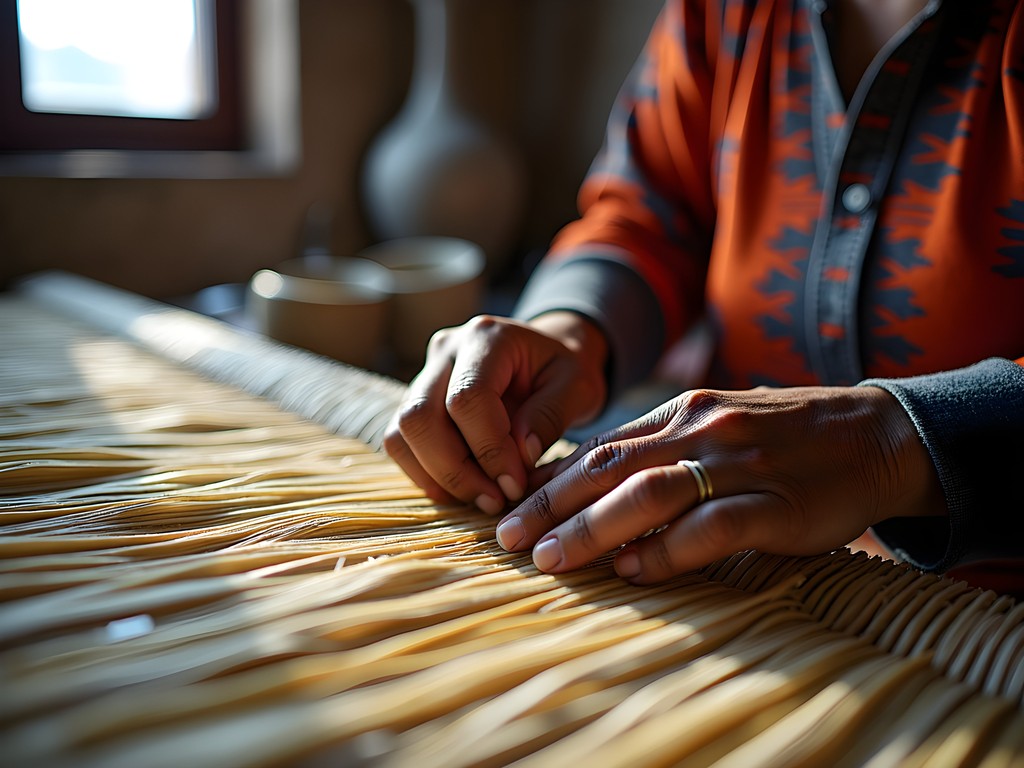
💡 Pro Tips
- Learn a few basic Spanish phrases specifically related to shopping and crafts
- Bring small denomination bolivianos as many small vendors cannot make change
- Ask permission before photographing artisans or their workshops
Trinidad's Hidden Markets: Beyond the Tourist Trail
Trinidad, the capital of Beni Department, offers a genuine shopping experience far removed from the commercial handicraft markets of major tourist centers. The city's central market transforms before dawn each Thursday and Sunday, when indigenous artisans arrive from surrounding communities to sell their wares directly to locals and the occasional traveler lucky enough to discover this authentic exchange.
On my first visit, I arrived at 5:30 AM with my insulated travel mug filled with strong Bolivian coffee – an essential companion for these early morning explorations. The predawn market buzz was already building as vendors arranged their goods by lamplight.
The market's northeast corner is where you'll find the most impressive textile work – intricate palm fiber baskets, hammocks, and bags featuring geometric patterns that tell stories of community history and natural surroundings. Many items incorporate sustainable materials like jatata palm leaves, which are harvested on a careful rotation cycle to ensure forest health.
What makes Trinidad's market special is the opportunity to purchase directly from the makers. When you buy a handwoven bag or carved wooden figure here, you're often just one handshake away from the person who created it, allowing for meaningful cultural exchange that commercial settings cannot provide.
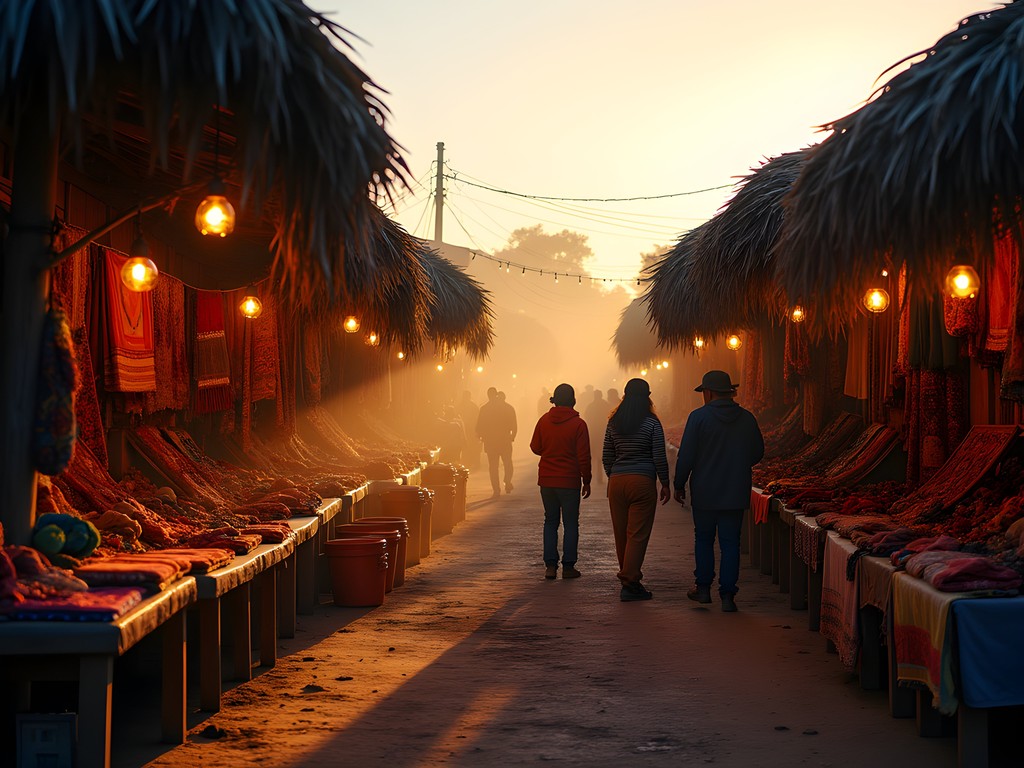
💡 Pro Tips
- Visit on Thursday or Sunday before 8 AM for the best selection
- Bring a reusable shopping bag or backpack for your purchases
- Don't rush the process – take time to speak with artisans about their techniques
Sustainable Woodcraft in the Communities Between
The journey between Trinidad and Santa Cruz passes through several small communities where woodcarving traditions have been maintained for centuries. Unlike mass-produced souvenirs, the wooden crafts found here reflect deep cultural connections to the forest and its spirits.
In Ascensión de Guarayos, about halfway between the two cities, I spent three unforgettable days with Guarayo master carvers who create intricate masks and figures from sustainable hardwoods. Their workshop was a simple open-air structure where three generations worked side by side, the youngest learning techniques that predate Spanish colonization.
To document these experiences, I've found my waterproof notebook indispensable. Bolivia's unpredictable weather and my tendency to take notes while hiking between communities means regular paper simply doesn't survive. This durable option has preserved countless interviews and observations throughout my travels.
What makes these woodcarvings particularly special is their connection to sustainable forestry practices. Many artisans participate in community-managed forest concessions, where timber harvesting follows traditional ecological knowledge that maintains biodiversity while providing materials for their craft. This approach stands in stark contrast to the deforestation threatening many parts of Bolivia.
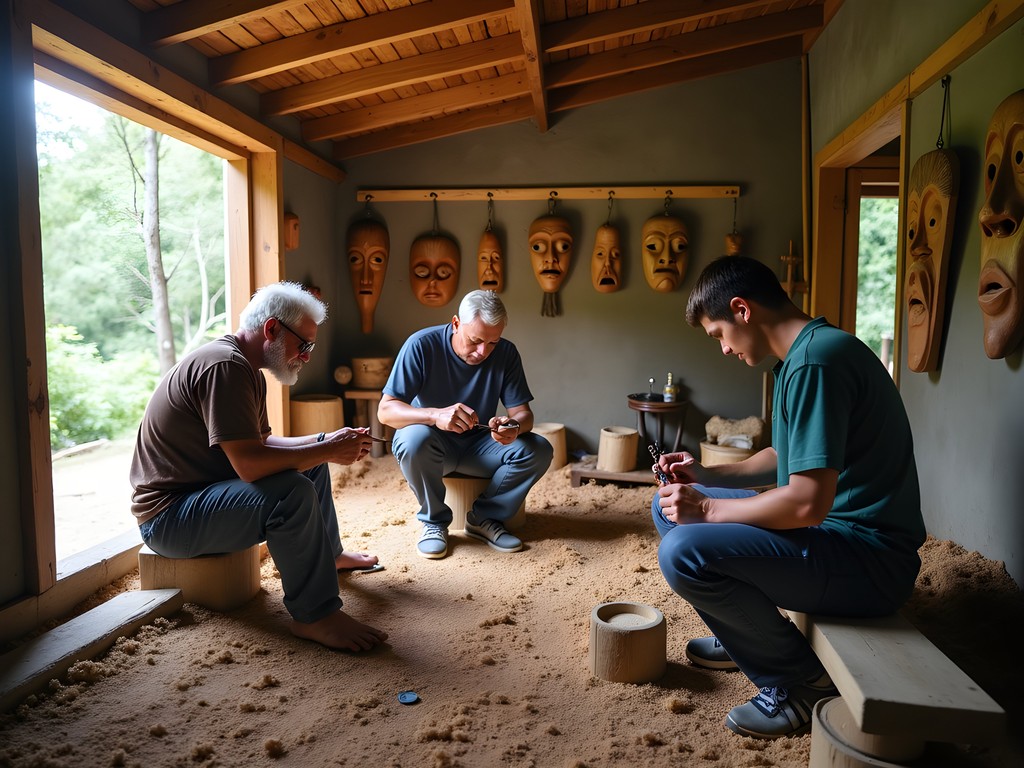
💡 Pro Tips
- Look for FSC certification or ask about the wood source before purchasing
- Budget extra time to visit workshops outside town centers
- Consider shipping larger pieces home rather than trying to pack them in luggage
Santa Cruz: Where Traditional Crafts Meet Contemporary Design
Santa Cruz de la Sierra, Bolivia's largest city, offers a fascinating contrast to the rural artisan communities. Here, a new generation of designers is reimagining traditional techniques for contemporary markets, creating a bridge between ancestral knowledge and modern aesthetics.
The Artecampo shops (with locations in the Equipetrol neighborhood and at the Biocentro Güembé) represent the gold standard in ethical craft purchasing. This fair-trade cooperative works with over 900 artisans from 30 indigenous communities, ensuring fair compensation and sustainable production methods. Their carefully curated collection includes everything from Chiquitano embroidery to Ayoreo fiber art.
For those seeking to delve deeper into Bolivia's textile traditions, I recommend visiting during the bi-annual FexpoCruz fair (usually April and September), when artisans from across the country gather to showcase their finest work. To make the most of these extensive markets, I rely on my crossbody anti-theft bag which keeps my valuables secure while leaving my hands free to examine delicate textiles and crafts.
What I find most inspiring about Santa Cruz's craft scene is the growing number of workshops where visitors can learn techniques directly from master artisans. At Arte y Punto in the city center, I spent an afternoon learning basic palm weaving from a Moxeño elder, an experience that connected me to Bolivian traditions in a way that simply purchasing souvenirs never could.
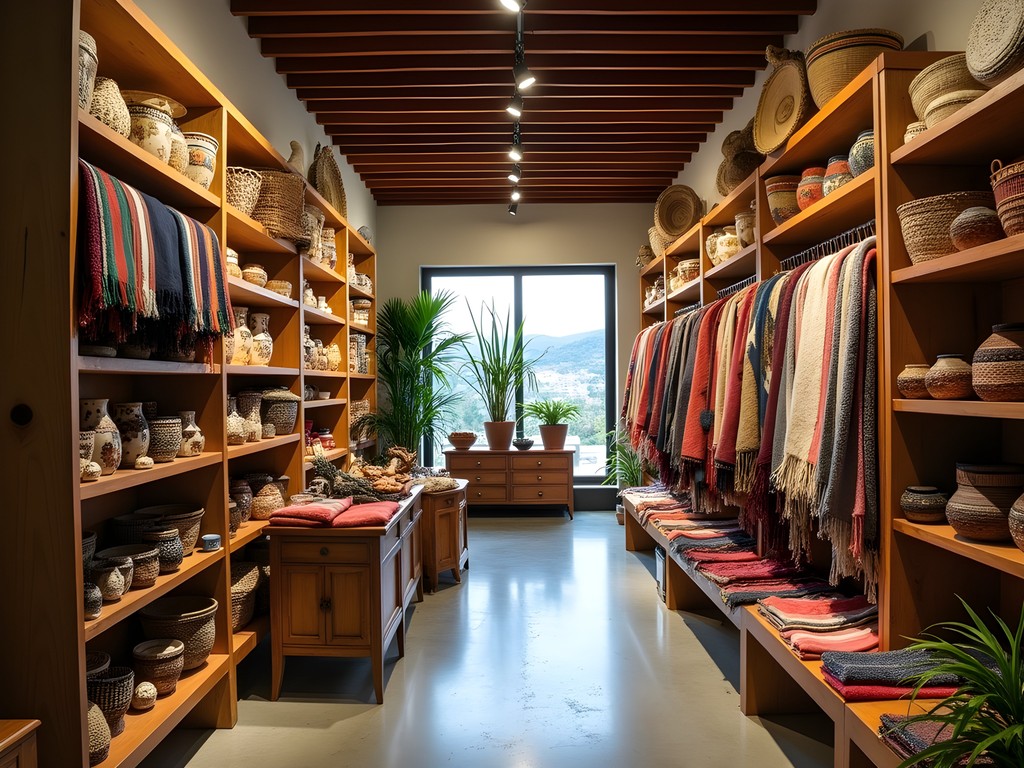
💡 Pro Tips
- Visit Artecampo shops for the highest quality, ethically-sourced crafts
- Check local event calendars for craft workshops where you can learn techniques
- Look for the Bolivia Única seal which certifies authentic handmade items
Packing and Preserving Your Artisan Treasures
After years of transporting delicate crafts across continents, I've developed some practical strategies for ensuring these precious items reach home safely. The environmental scientist in me also prioritizes minimizing additional packaging while providing adequate protection.
For textiles and soft items, I always pack a packing cube set which keeps textiles separate from other items and prevents crushing. The ultralight compression feature has saved precious luggage space countless times, especially when I've been unable to resist the allure of beautiful Bolivian weavings.
Wooden items present a different challenge. Rather than buying bubble wrap (which creates unnecessary waste), I use my clothing as protective padding. For particularly delicate pieces, I've found that microfiber towel provides excellent cushioning while taking up minimal space in luggage.
Before packing any natural material, check for signs of insect activity and ensure items are completely dry. Bolivia's humid climate, particularly in Trinidad, can leave crafts with residual moisture that can lead to mold during transit. I typically give purchases a day to "air out" in my accommodation before packing.
Finally, preserve the story behind your treasures. I make a point of noting the artisan's name, community, and details about the techniques used. This information transforms a souvenir into a meaningful cultural artifact and honors the knowledge keeper who created it.
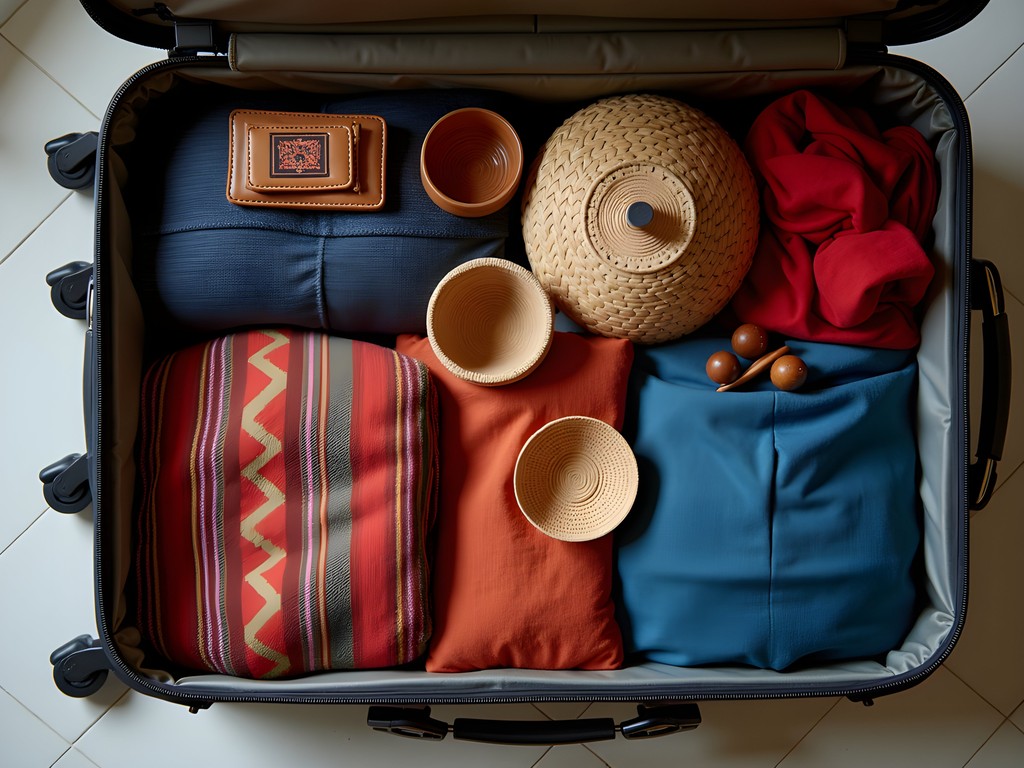
💡 Pro Tips
- Take photos of artisans with their permission to remember the context of your purchase
- Request a handwritten note or signature from the maker to authenticate special pieces
- Learn basic care instructions for different materials before leaving Bolivia
Final Thoughts
As I board my flight from Santa Cruz with carefully packed treasures nestled in my luggage, I reflect on how this journey between Trinidad and Santa Cruz offered far more than beautiful souvenirs. Each handcrafted item represents a living knowledge system, an economic lifeline for communities, and a form of resistance against the homogenization of global culture.
The Māori concept of kaitiakitanga – guardianship and protection – comes to mind. When we purchase directly from artisans, learn their stories, and value their work appropriately, we become part of a reciprocal relationship that helps sustain both cultural heritage and environmental wisdom.
I encourage you to approach your own journey through Bolivia's artisan corridor not just as a shopping expedition, but as an opportunity for meaningful cultural exchange. Take time to learn the stories behind the crafts, understand the sustainable harvesting practices that provide materials, and appreciate how each item represents generations of knowledge passed from hand to hand.
As climate change and economic pressures continue to transform traditional communities, our mindful support of authentic craftsmanship becomes increasingly important. The treasures you bring home will remind you not just of beautiful places, but of the resilient people who maintain their cultural identity through the work of their hands.
✨ Key Takeaways
- Purchase directly from artisans whenever possible to ensure fair compensation
- Learn about sustainable material sourcing to make environmentally responsible choices
- Document the stories and techniques behind your purchases to preserve their cultural context
📋 Practical Information
Best Time to Visit
April-October (dry season)
Budget Estimate
$30-50 USD per day excluding purchases
Recommended Duration
7-10 days
Difficulty Level
Easy
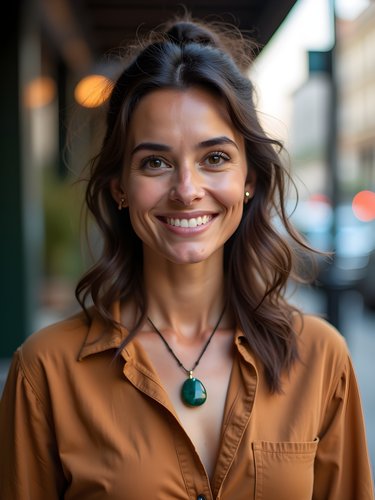



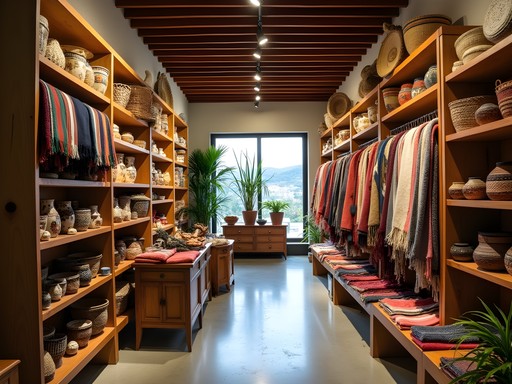











Comments
springwanderer
Just got back from this exact route last week! The craftsmanship is incredible. I found this tiny workshop in Buena Vista (halfway between Trinidad and Santa Cruz) where an elderly couple makes intricate palm fiber baskets. They invited me in for coffee and showed me the entire process. Took home three pieces that are now my favorite souvenirs. The husband mentioned they're one of the last families still using the traditional weaving technique. If anyone goes, bring small bills - many artisans can't make change for larger notes. Also worth noting that prices in Santa Cruz were about 30% higher than similar items in Trinidad.
moonblogger
Great post! Which market in Trinidad had the best selection of authentic crafts? I've heard mixed things about the central market.
Frank Carter
What a thoughtful exploration of this region's craft traditions, Leah. I spent two months documenting artisan communities throughout Bolivia last year, and the Trinidad-Santa Cruz corridor truly stands out for its preservation of techniques. The sustainable woodworking practices you highlighted are especially important - I witnessed firsthand how some communities are fighting against illegal logging while maintaining their craft traditions. Did you visit the women's textile collective outside Ascención? Their work integrating traditional patterns with natural dyes is revolutionary, and they're teaching younger generations to keep these practices alive. The authenticity test you mentioned is spot-on - always ask about the materials and process!
moonblogger
Frank, I'm heading to Bolivia in January. Are there any specific sustainability concerns we should be aware of when purchasing crafts? I always want to make sure I'm supporting the right people.
Frank Carter
Great question! Ask about wood sourcing for carved items - legitimate artisans will happily explain their sustainable harvesting practices. For textiles, many authentic workshops use natural dyes rather than chemicals. Also, buying directly from artisan cooperatives ensures more money goes to the makers rather than middlemen. The Artesanía para la Vida collective in Santa Cruz is particularly transparent about their practices.
travelzone
Those textiles look gorgeous! Added this to my Bolivia wishlist!
smartphotographer
How did you travel between Trinidad and Santa Cruz? Public transportation or private? I'm wondering about the safety of carrying purchased crafts on local buses.
Leah Dixon
I used a mix of both! The public buses were perfectly fine for smaller items, but I arranged a private driver for the day I bought those large wooden pieces. Most drivers are used to tourists with purchases and will help you secure them. I packed my packing cubes which were lifesavers for organizing smaller textiles and crafts in my backpack!
Hayden Butler
Leah, your journey between Trinidad and Santa Cruz brings back so many memories! Last year, I spent three weeks exploring that same corridor, though I focused more on the luxury accommodations along the way. I found this incredible family-run woodworking shop about 30km outside Trinidad where the grandfather has been carving for over 60 years. They created a custom jaguar sculpture for me that now sits proudly in my living room. Did you happen to visit any of the newer design studios in Santa Cruz? There's a fascinating fusion happening there between traditional techniques and contemporary aesthetics.
springwanderer
That jaguar sculpture sounds amazing! Do you remember the name of the family workshop? I'm planning a trip there in November.
Hayden Butler
It was the Mendoza family workshop - about 5km past the small village of San Pedro. Look for the blue gate with wooden carvings displayed outside. Tell Roberto that Hayden sent you!
summerchamp
This is exactly the kind of hidden gem content I follow for! Those woodcarvings look incredible!
waveace5266
That photo of the elderly woodcarver's hands tells such a story! I can almost feel the decades of experience in those fingers. Your writing really captures the soul of this region - it's not just about buying souvenirs but connecting with living traditions. Thanks for highlighting sustainable practices too!
Lillian Diaz
Leah, your insights on the artisan corridor are spot on! When I traveled this route last year, I discovered that timing is everything. The Sunday market in Trinidad (the one hidden behind the main plaza) is where all the local artisans bring their freshest work. I scored gorgeous textiles there that I haven't seen anywhere else. For anyone planning this journey, I recommend learning just 10-15 phrases in Spanish specifically about crafts - knowing terms like "handmade" (hecho a mano) and "natural dyes" (tintes naturales) opened up amazing conversations with artisans who then showed me their best work that wasn't on display. The connections you make are just as valuable as the crafts you bring home!
mountainone
Thanks for the language tips! I'm terrible with Spanish but could definitely learn a few craft-specific phrases.
Ana Ahmad
Leah, your exploration of the craft corridor between Trinidad and Santa Cruz addresses something I've been researching extensively: the economic impact of artisan crafts on local communities. The sustainable woodcraft section particularly caught my attention. In my visits to Bolivia, I've documented how communities that maintain traditional craft practices show greater resilience against economic downturns and extractive industries. Did you notice any formal cooperatives or organizations helping artisans reach markets beyond Bolivia? The challenge for many talented craftspeople I've met is connecting with international buyers willing to pay fair prices for their extraordinary work.
Leah Dixon
Ana, you've touched on something crucial. I encountered a few organizations doing this important work. The most impressive was Artesanía para el Mundo based in Santa Cruz - they're helping artisans create online portfolios and handling international shipping logistics. They focus particularly on women-led workshops. The textile cooperative in Concepción has also partnered with a fair trade organization in Europe. Still, many talented artisans remain disconnected from these opportunities.
Venture X
Premium card with 2X miles, $300 travel credit, Priority Pass